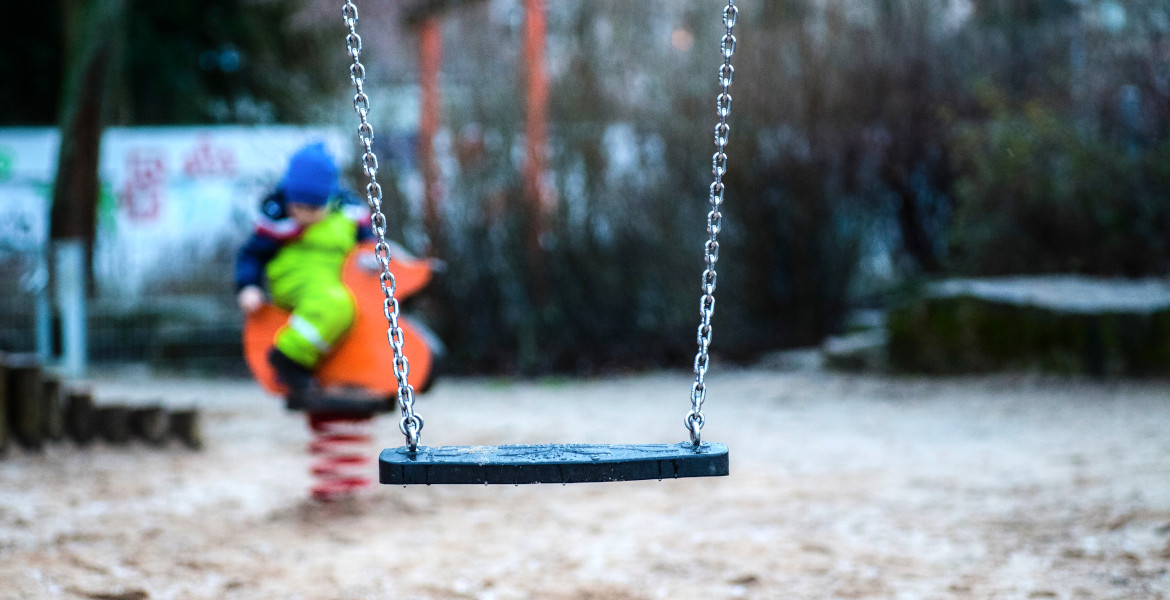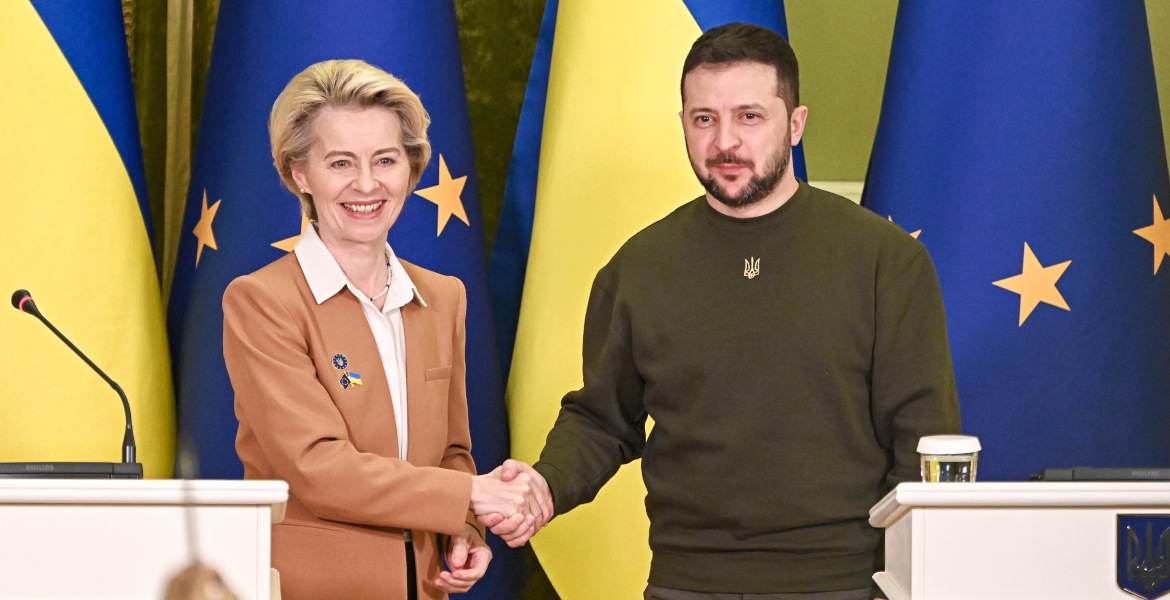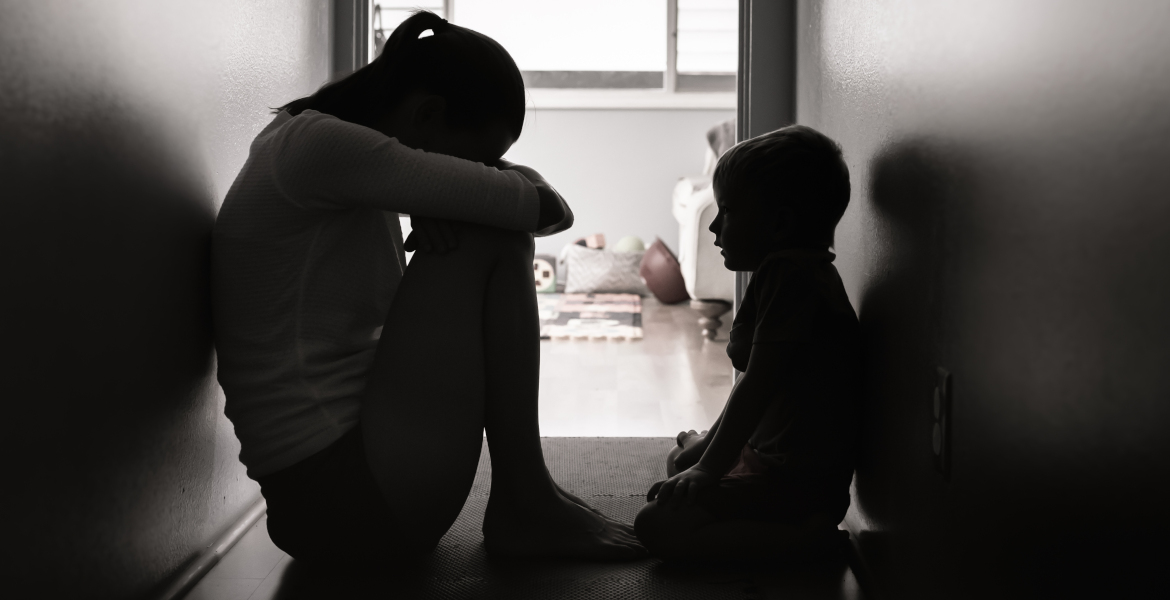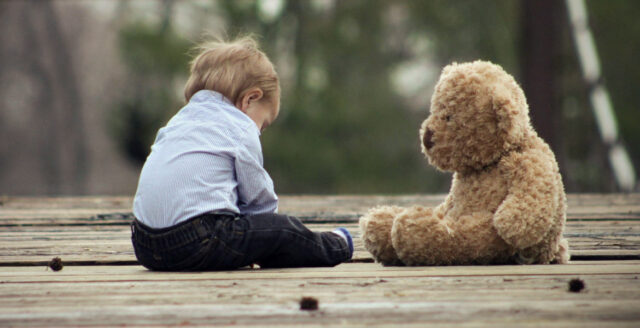The EU has so far approved more than €180 billion in economic support to Ukraine since the Russian invasion in 2022. Recently, an additional package worth approximately €6 billion was approved, while Ukrainian President Volodymyr Zelenskyy continues to demand increased grants and loans.
Last week, the European Commission approved almost six billion euros in new support to Ukraine.
The amount consists of €4.1 billion in a macro-financial assistance (MFA) loan and €1.8 billion in a support package, a large part of which consists of grants.
With this disbursement, the EU's total support to Ukraine now exceeds an astronomical €180 billion. In addition, there is military and financial support from other Western countries, not least the United States.
Zelenskyy demands more money
The day before the EU's decision, Ukrainian President Volodymyr Zelensky was interviewed by Bloomberg. He emphasized the need for additional financing.
– We must find other alternatives. It is a question of our survival. That is why we really need it. And I count on our partners, Zelenskyy said.
In the same interview, he hinted that Ukraine hopes to gain access to frozen Russian assets in the EU, where a loan worth over €140 billion is being considered.
The Russian funds are held, among other places, at the securities depository Euroclear in Belgium. However, Belgian authorities and the company oppose the use of the assets.
– There are at least as many frozen assets in the rest of the world. It's a bit frustrating that everyone is pointing at us, Belgian Prime Minister Bart De Wever told HLN, a Belgian news outlet.
De Wever has so far blocked proposals for seizure and emphasizes the risk that Belgian taxpayers could be forced to compensate Russia if there is no legal basis.
Ukraine in difficult military situation
The Ukrainian president admits, however, that the war is going hard for Ukraine and that the strategically important city of Pokrovsk, among others, is under heavy pressure. He emphasizes, however, that defense decisions are left to Ukrainian commanders.
– No one is forcing them to die for some ruins, he reportedly commented on the military chain of command.
Volodymyr Zelensky believes that Russia wants Ukraine to give up the rest of Donetsk Oblast, including the cities of Kramatorsk and Sloviansk, and that the country is then prepared to end the war.
According to him, it has therefore become important for Russian President Vladimir Putin to conquer Pokrovsk in particular. Thereby showing the US and Donald Trump that Ukraine cannot win the war and that the only possibility for peace is to agree to Russian demands.
Demands that Zelenskyy stubbornly refuses to accept.
– We cannot leave eastern Ukraine. No one will understand that. People will not understand it. And most importantly, no one can guarantee us that if they get this or that city, they won't continue afterward. We have no deterrent, Volodymyr Zelensky says.





